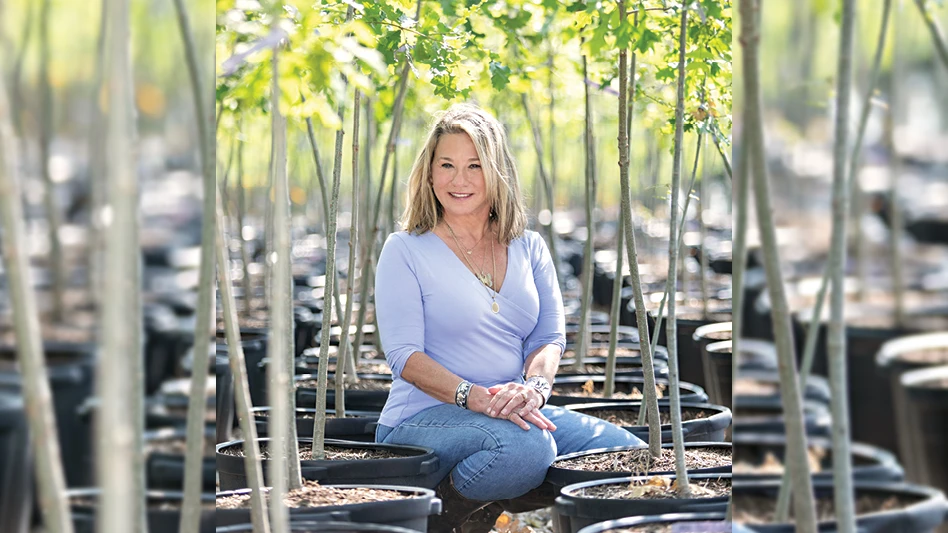_fmt.png)
One of the best plant purchases I’ve ever made, considering the long-term enjoyment I’ve received, was a dawn redwood, Metasequoia
The entire genus Metasequoia was not reported until 1941, and then it was thought to be extinct, appearing only in fossil form. However, a few years later, small populations were found living in Sichuan and Hubei provinces in central China. In 1948, seeds were collected by an expedition from the Arnold Arboretum of Harvard University, which distributed them for growth trials to universities worldwide. Today, dawn redwoods are frequently encountered in the United States and in the UK. The Bailey Arboretum in New York has a small grove of the trees, and one is considered the world record specimen in terms of butt diameter. Dawn redwoods have been planted as street trees in Manhattan and Brooklyn by the NYC Department of Parks and Recreation.
I spoke with Kevin Borts of Bizon Nursery near Portland, Ore., who says, “Selection and breeding of dawn redwood
Lucile Whitman of Whitman Farms in Salem, Ore., adds, “My experience with Mets has generally been positive as the trees are rewardingly vigorous, graceful, even growers. ‘Miss Grace’ is a modest grower but is well named — graceful. ‘Matthaei Broom’ is at the other end of the spectrum: obese is the word that comes to mind. ‘White Spot’ is no skinny-Minnie either, but I bonsaied one and it was charm itself. The witches broom from it, ‘North Light’ is an award winner. Probably my favorite is ‘Waasland’ — upright and balanced, everything a Metasequoia promises.”
Why grow dawn redwood and its cultivars?
- It has the allure of being a “prehistoric” tree, brought back from the brink of extinction. A deciduous conifer is a great conversation piece in the garden.
- The many cultivars offer a wide variety of shapes, sizes and foliage colors.
- They grow in a wide range of soils and will tolerate boggy conditions
- They are relatively fast growing.
- Mature specimens are stunning additions to large landscapes.


Explore the April 2018 Issue
Check out more from this issue and find your next story to read.
Latest from Nursery Management
- The HC Companies, Classic Home & Garden merge as Growscape
- Eason Horticultural Resources will now officially be known as EHR
- BioWorks receives EPA approval for new biological insecticide for thrips, aphids, whiteflies
- Ellen Mackenbach-Lakeman appointed new CEO of Dümmen Orange
- Southern Garden Tour sets 2025 dates for trial garden open houses
- New book explores plants that thrive in Rocky Mountains
- American Floral Endowment establishes Herman Meinders Memorial Tribute
- These companies are utilizing plastic alternatives to reduce horticultural waste




